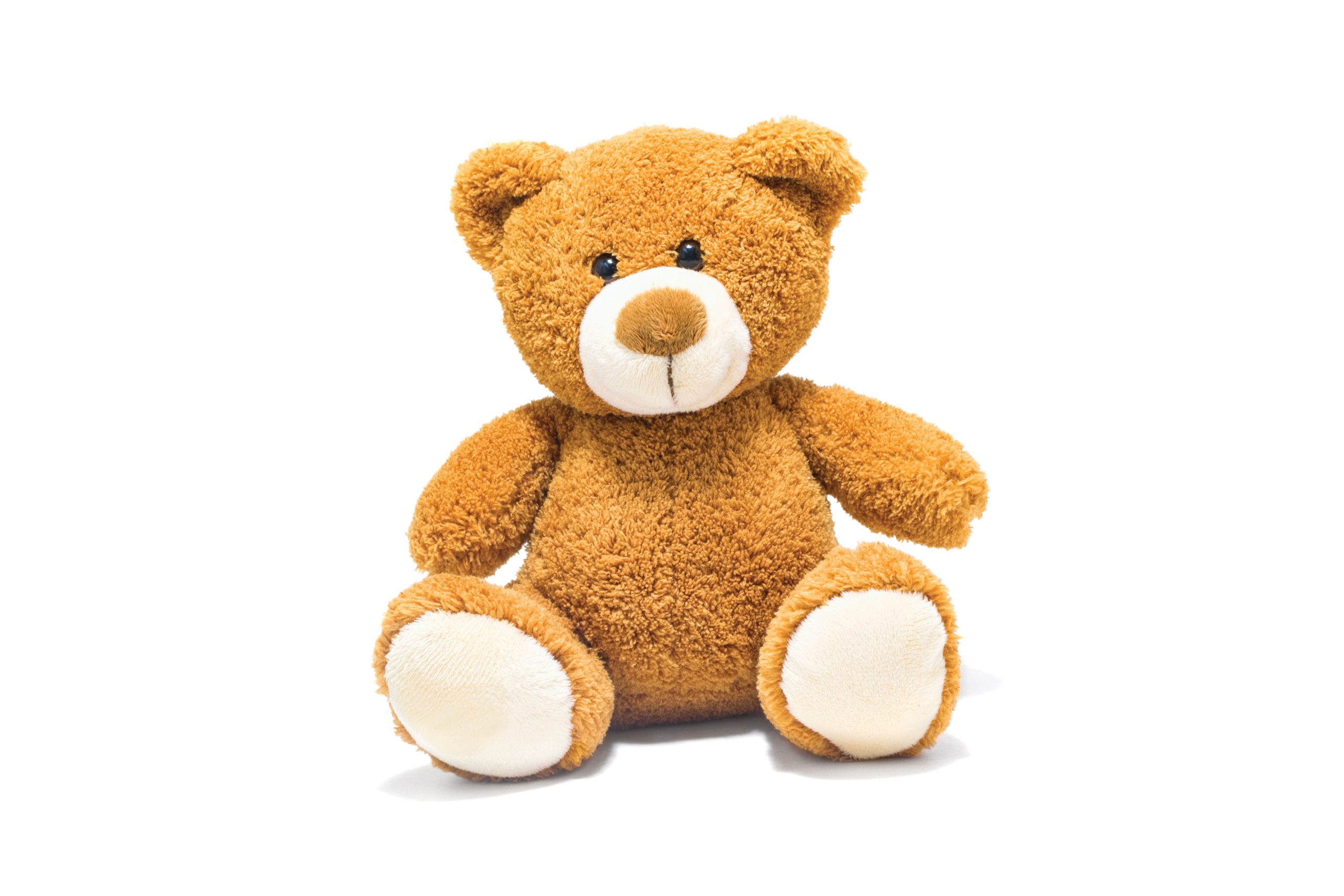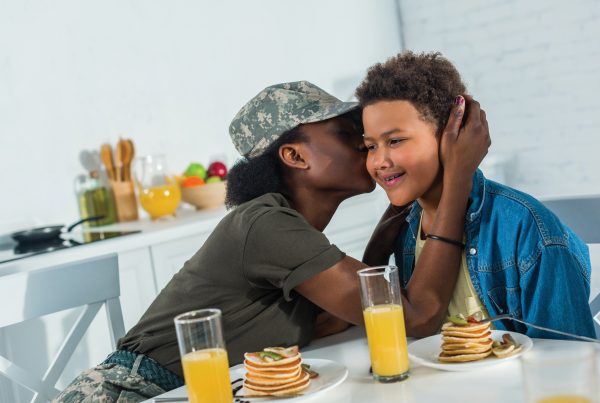Play is typically considered suitable for little people – children – until they grow older and “talk” about their problems and transition into the kind of therapy that big people do. However, children and adults both can benefit from play as a genuine therapeutic intervention that not only fulfills opportunities to emotionally regulate but also builds the spontaneity and creativity that is so valued in the method of psychodrama.
Psychodrama is the action method developed by Dr. J.L. Moreno and Zerka Moreno that involves enacting situations, problems and issues rather than simply talking about them. Psychodrama is the “parent” of what we today call “role play.”
Because psychodrama is based on improvisational theater principles, many of the words related to theater. For instance, the protagonist is the term for the person who agrees to explore a personal issue with dramatic action and plays the main role in the enactment. The auxiliary is the person playing a supporting role for the protagonist in the drama to support the action.
We bring in puppets and stuffed animals for little people, big people and people in between, and each of us have found these “stuffies” to be invaluable when working with children, teens, adults and families. Linda has dubbed these helpers “furry auxiliaries” that bring play and laughter into a session — and at the same time can be surprisingly helpful in working through more serious themes, including severe trauma, pain and loss.
Furry auxiliaries help create the magic that comes with concretization, the psychodramatic term for using props to make “concrete” a topic that is typically abstract. Practitioners of experiential psychotherapies often make use of chairs, scarves, chairs, pillows, mats and other items, and Linda uses beautiful big puppets from Folkmanis that easily become real to the people she is working with – who become quickly engaged to tell the puppet or the animal about their problems and feelings.
Once you have your auxiliaries, you will want to develop names and roles for at least some of them. This naming personalizes these characters and gives them specific therapeutic tasks for healing or learning – or both:
- Linda’s golden retriever puppet, for instance, is named Tele, and he says that “Everything is OK! We can play and have fun.”
- Conversely, Radar the black and white border collie, picks up signals from others and from the environment. Linda sometimes describes Radar as the part of the brain that searches for safety and watches for danger.
- Other furry auxiliaries may not have names. Linda allows for people to name them, permitting empowerment and creativity. She has a pair of unnamed owl puppets that teach about the parts of the brain. The brown owl speaks up for the left frontal cortex, at which time Linda says, “I’m thinking clearly and using my rational brain.” The white owl, speaking for the right frontal cortex, says, “I notice things even when I’m not thinking. I’m the part of the brain that can be fully present.”
- She may bring in a dinosaur or snake to represent the reptilian brain, the primitive part of the brain that focuses on survival. (She prefers the dinosaur because some people have an aversion to snakes.)
- An eagle, butterfly or bird perfectly takes the role of the observer. Here, Linda holds the auxiliary high over the scene, looking over the owls, dogs or dinosaur. The flying high animal notices with accuracy and compassion what they see and hear – without judgment. Similarly, Karen has a small brown plush puppy that she sometimes calls Friendly. When she brings out Friendly, she may say that the puppy is good at listening and watching, and she uses the dog to demonstrate the role of the Observing Self, the part of self that is able to observe feelings, behaviors and actions in a neutral way, without criticism.
It is helpful to note the role the “stuffie” is taking. The role typically has an adjective and a noun. For example, the eagle takes the role of Big Picture Taker. The reptile – the one taking the role of the reptilian brain – is the Brain and Body Connector. Radar the border collie is the Danger Detector. Tele, the golden retriever, is “Safety Sniffer.”
Brandon and Bandit: a Furry Auxiliary Example
Brandon is an Army veteran who had been bullied as a child because of his overweight size. Although he trimmed his weight during boot camp training, Brandon remained highly vigilant about body appearance and obsesses with exercise, while turning to former habits of medicating his feelings with food.
Brandon came to Linda’s lifestyle counseling practice at the age of 35 seeking help with practical aspects of the self-care and healthy exercise. A recovering alcoholic, Brandon had several years of sobriety and a stable job and marriage. However, he suffered with nightmares and flashbacks resulting from the neighborhood bullying and service experiences. Linda referred Brandon to a colleague for in-depth psychotherapy and later to an acupuncturist for a team approach while she offered periodic adjunctive psychodramatic sessions.
Brandon was flooded with shame about his body and his overeating, which made it difficult to talk about feelings and behaviors. But one of Brandon’s strengths was his positive relationship with his three dogs. Linda decided to use a furry auxiliary after Brandon shared photographs of his pets on his phone. Linda chose a soft dog puppet, which resembled one of Brandon’s favorite dogs named Bandit. He had earlier talked about this pet, calling Bandit his buddy who was constantly at his side at home.
Linda placed the puppet on the back of the sofa in her office. When Brandon arrived for his appointment, he immediately picked up the puppet, called it Bandit, and started to pet it. This evidence of spontaneity affirmed that bringing Bandit into the session would help bypass defenses and to open up about his hidden life.
Linda began to interview Bandit, asking how long he knew Brandon, what life was like for him at Brandon’s house, what were his favorite activities to do with Brandon and what he loved best about his human. These questions helped Brandon take the role of Bandit. As Brandon warmed up, Linda gradually turned to more probing questions like, “Is there anything that you notice Brandon doing that concerns you?”
The answer, close to the conclusion of the one-hour interview of Bandit, revealed Bandit’s concern about Brandon’s alternating episodes of binge eating, restricting food, and intense daily exercise to near injury. Once the behavior was spoken, Linda periodically interviewed Bandit at later sessions; the dog puppet became a kind of ongoing “team member,” playing an essential role in the next steps of Brandon’s recovery process.
Other Examples
- When working with women and girls whose pregnancies have ended with miscarriage, stillbirth or abortion, Karen has employed a life-sized doll wrapped in a scarf or small blanket. The woman is first given the opportunity to simply hold the doll quietly, having the experience of connecting to what Karen calls a “baby spirit.” Often the holding evolves into spontaneously speaking to the doll about the mother’s hopes, dreams, regrets or other feelings about the pregnancy and the would-be child. Similarly, men and family members may also be offered a doll to explore their feelings as well.
- In group sessions, the furry auxiliaries also serve as warm-up objects that can connect participants and build cohesion. For instance, Karen may bring out a stuffed animal and give to a participant, asking the person to introduce themselves from the voice of the animal. Or Karen may direct group members to her shelves, inviting participants to choose the animal, puppet or doll that most represents what they are coming in with. At the end of the group, a butterfly finger puppet may come out, with each participant trying on the puppet, telling the group what has transformed within them during the session. .
- In online sessions, people may be invited to bring their favorite stuffed animal or other object to the video screen, taking their own role and telling about their day or something else about themselves.
Bringing Furry Auxiliaries to Life
If you have not yet added puppets, stuffed animals and dolls to your repertoire of therapy supplies, look no further than your children’s outgrown toys, where you can pick from variety of soft and hard dolls, stuffed animals of various sizes and hand and finger puppets. You also can find items at toy stores, hobby shops and online craft and specialty stores. However, you may easily make or convert puppets, dolls and animals from other items, typically found around the house, or supply materials for your people to make auxiliaries so that the art making becomes part of the therapeutic task.
You may start with just one or two items or collect a variety of items that allow for each person to project an important role or need on to the furry auxiliary. For instance, a bear may be cuddly and cute, allowing for hugs and comfort, or have a fierce face that hints of a protector in times of fear and distress. You will want to include dolls with various skin colors, sad and happy faces, genders and sizes.
You also may wish to embellish your furry auxiliaries further, in ways that hint to additional therapeutic possibilities. For instance, you may take a typical stuffed bear and wrap a bandage around its head, punctuated with a larger-than-life Band-Aid. You may put the bear’s arm in a sling, or top its head with a silly hat, or a hat that says something like, “Hope” or “Love.” Karen has pinned on buttons that say “I give hugs” or “I’m a stranger here myself.”
As you create these embellishments and practice with your furry auxiliaries, you will find many more ideas for experimentation.
 Karen Carnabucci, LCSW, TEP, is a board-certified trainer, educator and practitioner of psychodrama, sociometry and group psychotherapy and the founder of the Lancaster School of Psychodrama and Experiential Psychotherapies in Lancaster, Pa. She is also certified as a facilitator in Family and Systemic Constellations. Learn more at www.realtruekaren.com.
Karen Carnabucci, LCSW, TEP, is a board-certified trainer, educator and practitioner of psychodrama, sociometry and group psychotherapy and the founder of the Lancaster School of Psychodrama and Experiential Psychotherapies in Lancaster, Pa. She is also certified as a facilitator in Family and Systemic Constellations. Learn more at www.realtruekaren.com.
 Linda Ciotola, M.Ed., TEP, is a board-certified trainer, educator and practitioner of psychodrama, sociometry and group psychotherapy and a certified trainer in the Therapeutic Spiral Model, a psychodramatic model for trauma survivors. She has a background in education, having taught at all levels of fifth grade through university and adult education and is a certified health coach and yoga instructor. She is the co-creator of ACTS, an online training program for using psychodrama with survivors of trauma. Learn more at www.healing-bridges.com.
Linda Ciotola, M.Ed., TEP, is a board-certified trainer, educator and practitioner of psychodrama, sociometry and group psychotherapy and a certified trainer in the Therapeutic Spiral Model, a psychodramatic model for trauma survivors. She has a background in education, having taught at all levels of fifth grade through university and adult education and is a certified health coach and yoga instructor. She is the co-creator of ACTS, an online training program for using psychodrama with survivors of trauma. Learn more at www.healing-bridges.com.
Karen and Linda are authors of the book “Healing Eating Disorders with Psychodrama and Other Action Methods: Beyond the Silence and the Fury.” They have published journal articles and occasionally offer trainings together.






